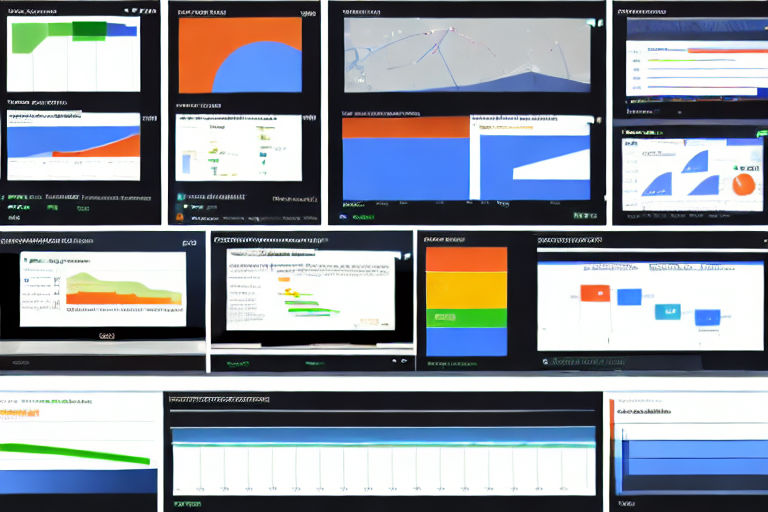Maximizing Google Analytics: Advanced Techniques for Data Analysis
Google Analytics is one of the most powerful tools available to website owners, providing critical insights into the performance of your site. However, with so much data available, it can be easy to get lost in the numbers and lose sight of your goals. In this article, we will explore some advanced techniques for analyzing your Google Analytics data, and how you can use this information to optimize your website for success.
Use Custom Dimensions to Track User Behavior
By default, Google Analytics tracks a lot of information about your users, but sometimes you need more detail to understand their behavior. Custom Dimensions let you track additional information about your users, such as their age, gender, or interests. By combining this data with your existing analytics, you can gain deeper insights into what drives engagement and conversion on your site.
Analyze User Flow Reports
User flow reports show how users move through your site, and can be a powerful tool for identifying problem areas. By looking at the flow between pages, you can see where users are dropping off or getting stuck, and make changes to improve their experience. For example, if you notice that users often leave your site from a particular page, you might need to update the content or design to keep them engaged.
Segment Your Data for Deeper Insights
Sometimes it's useful to look at your data from a different angle. Google Analytics allows you to segment your data based on a variety of criteria, such as geographic location, device type, or traffic source. By doing so, you can gain deeper insights into the behavior of specific user groups, and make better decisions about where to focus your efforts.
Set Up Goals to Measure Conversions
Goals are one of the most powerful features of Google Analytics, allowing you to track specific actions that are important to your business. For example, you might have a goal to get users to sign up for your newsletter, or to make a purchase on your site. By setting up goals, you can measure the success of your marketing campaigns, and optimize your site for maximum impact.
Use A/B Testing to Optimize Your Site
A/B testing is a powerful technique for improving the performance of your site. By creating two versions of a page and testing them against each other, you can find out which design or content works best for your audience. Google Analytics provides built-in tools for conducting A/B tests, making it easy to get started.
Conclusion
Google Analytics is a powerful tool, but it can be difficult to know where to start. By using these advanced techniques for data analysis, you can gain a deeper understanding of your audience, and make informed decisions about how to optimize your site for success. Whether you're looking to increase engagement, conversions, or revenue, the insights you gain from Google Analytics can help you get there.





